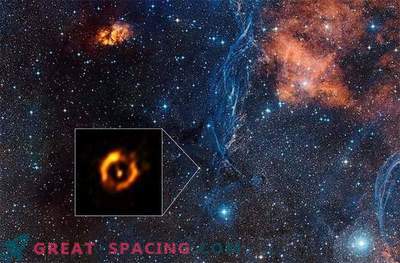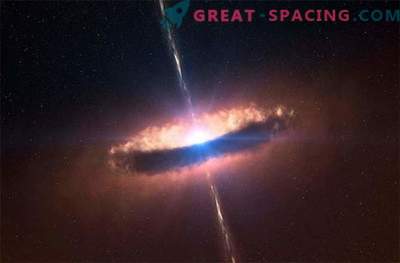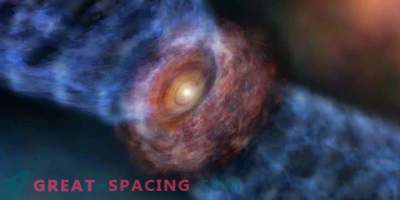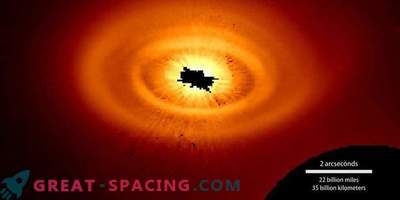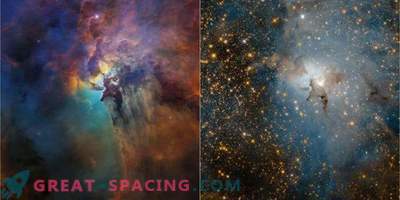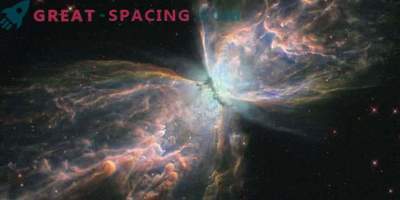
New pictures from the SPHERE instrument on the Very Large Telescope show dusty discs around the nearest young stars. A strange variety of shapes, sizes and structures can be traced, including the effects of developing planets.
The SPHERE device on the Very Large Telescope (Chile) allows scientists to suppress the glare of nearby stars in order to get a better overview of the regions around them. This collection of new images represents a sample of a huge number of dusty disks around young stars.
These discs differ in size and shape: some have bright rings, dark formations, while others generally resemble hamburgers. Their appearance is often influenced by orientation towards the earth observer.
The main task of SPHERE is to search and explore giant planets orbiting nearby stars. For this, the direct visualization method is used. In addition, it is one of the best tools for obtaining images of disks around young stellar objects — areas where planets can form. Many of the stars shown here belong to a new study of T Tauri stars - young (less than 10 million years) and incredibly bright. The disks around them contain gas, dust, and planetesimals - the building blocks of planets and the progenitors of planetary systems. Thanks to these images one can also understand how our system could look at various stages of its formation.
Most of the frames were received as part of the DARTTS-S survey. Distances to the targets were 230-550 light years from us. In addition, SPHERE was able to fix the edge disk around GSC 07396-00759. This is a red star, part of the multi-star system. Surprisingly, this disk looks more developed than a gas-rich disk around T Taurus in the same system with the same age.
